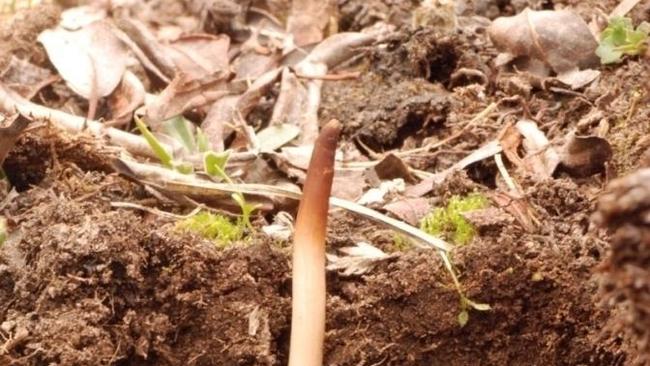Coronavirus: fungus unlikely key to vaccines
For more than five centuries the Tibetan caterpillar fungus has been used as an aphrodisiac - but now it could be worth its weight in gold.

At $80,000 a kilo in Asian markets it’s the world’s most valuable parasite, a Tibetan fungus that can turn ants into zombies and men into better lovers – if you believe the myths.
But Australian researchers say the rare fungus might also hold the clue to developing better mRNA vaccines in the global fight against Covid-19.
For more than five centuries the caterpillar fungus Ophiocordyceps Sinensis has been considered a status symbol of the elite, a special delicacy that can ease inflammation, reduce ageing, increase stamina and even act as an aphrodisiac – often described as “Himalayan Viagra”.
But it is a complex evolution. In the summer and autumn, the fungi germinate across the Tibetan plateau by infecting caterpillars in the soil. The fungus also spreads by infecting foraging ants, attacking their exoskeletons and taking over their behaviour.
For traditional Chinese medicine, it’s reputed for its excellent balance of yin and yang, while in rural Tibet it remains an important source of trade and income.
But scientists from Monash University suggest a precious molecule extracted from the fungus, known as cordycepin, could increase the stability of mRNA vaccines by elongating the untranslated region of the mRNA strand, which makes up a section of a single-stranded molecule.
Professor Traude Beilharz, who led the research, described the fungus as a “bioactive treasure trove” that could help scientists consider different ways of developing mRNA vaccines.
“This discovery could be crucial in stimulating immunity and reducing the need for booster shots to maintain immunity,” she said. Her team is attempting to create a screening platform to identify ways of formulating new mRNA vaccines.
“This kind of research should help us to create vaccines locally rather than relying on overseas,” she said.




To join the conversation, please log in. Don't have an account? Register
Join the conversation, you are commenting as Logout